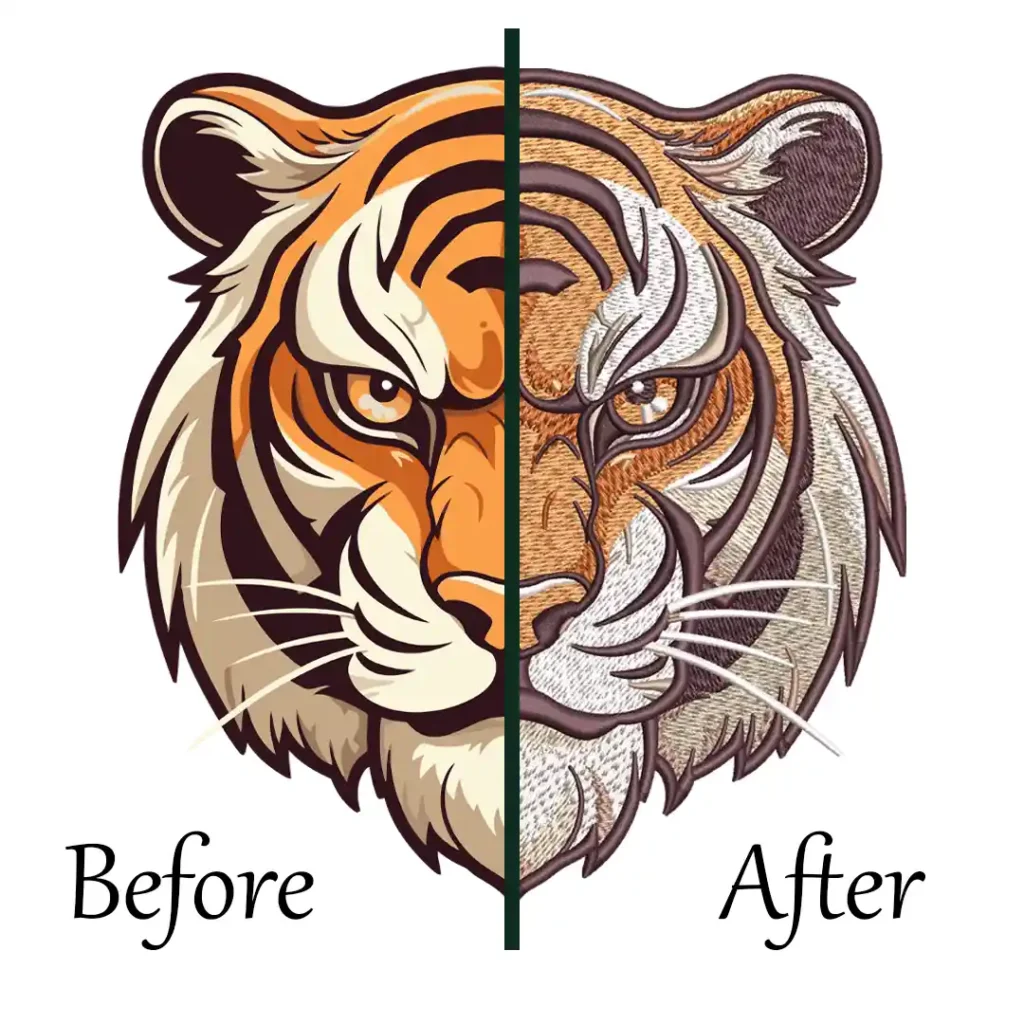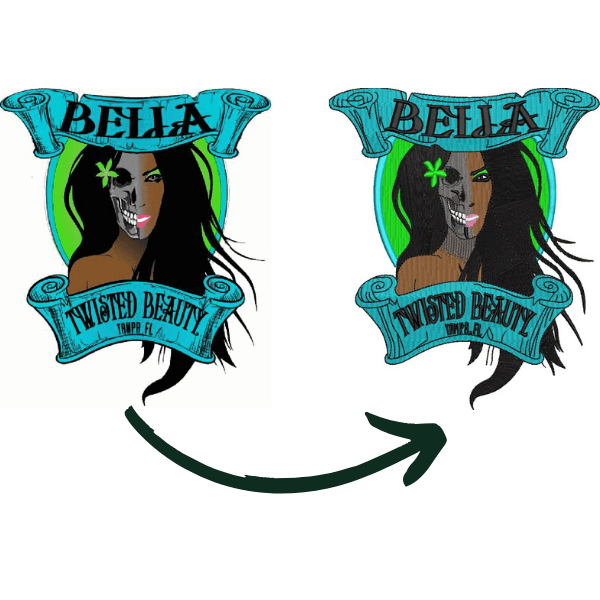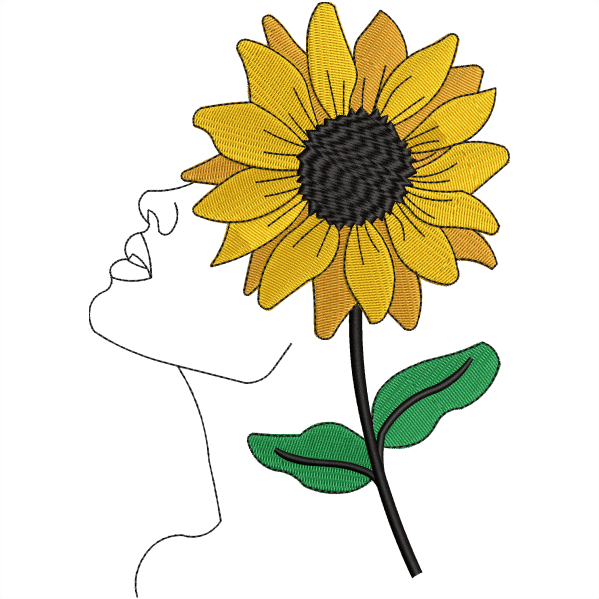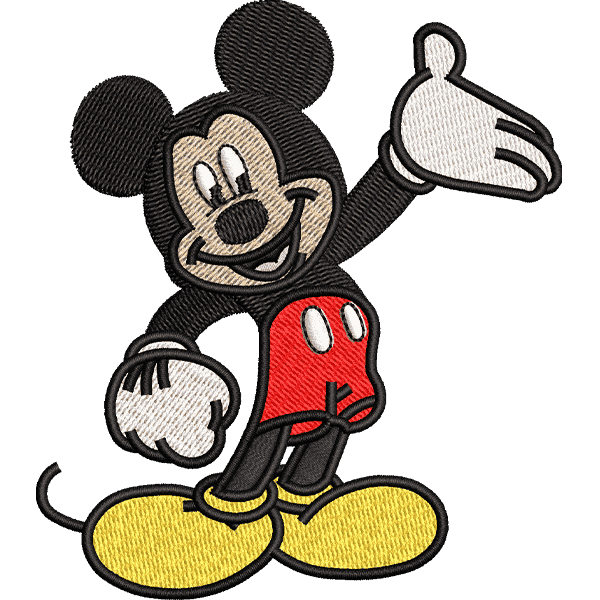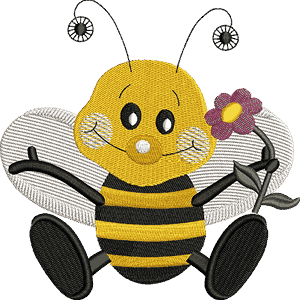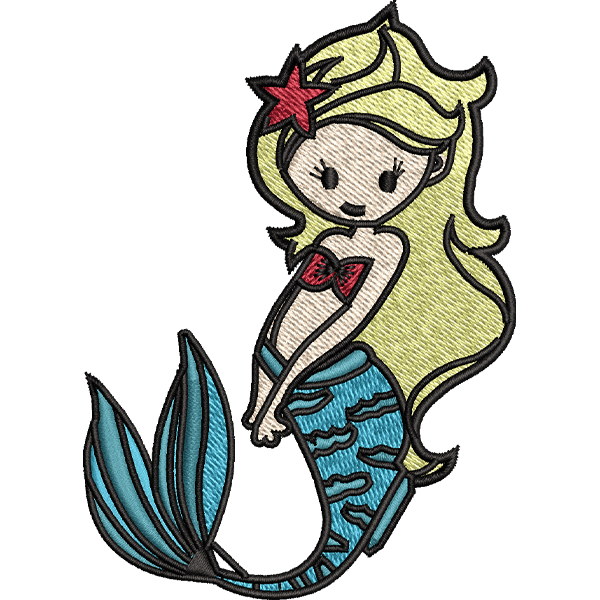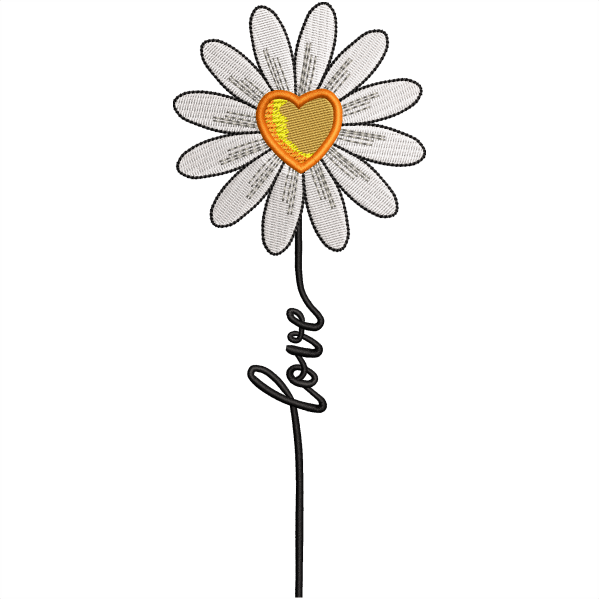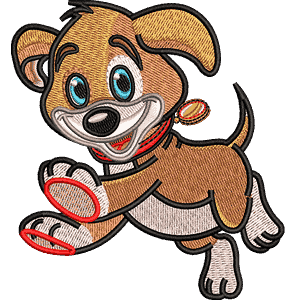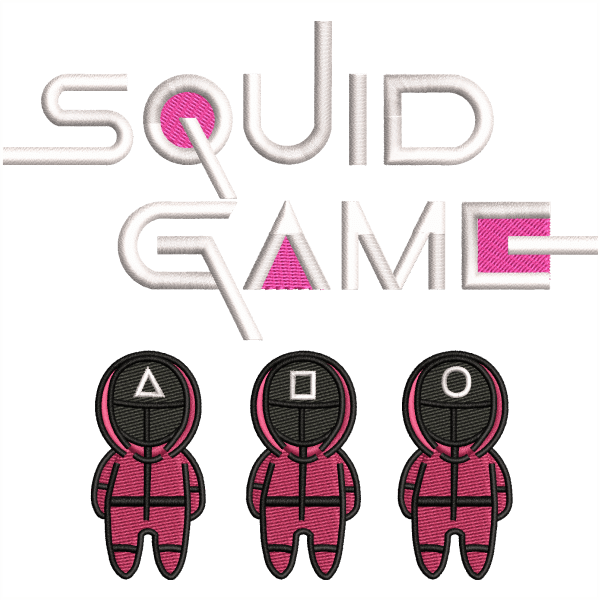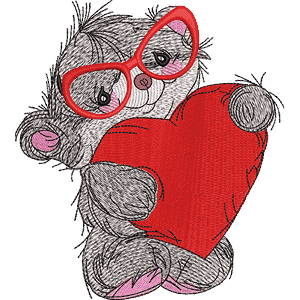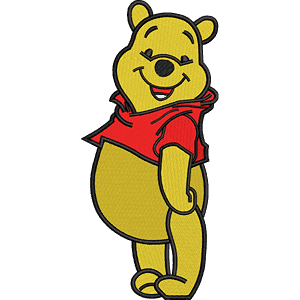Embroidery is a timeless art form that allows us to add unique and intricate designs to fabrics, bringing them to life with creativity and personalization. One technique that has gained immense popularity among embroidery enthusiasts is free-motion machine embroidery.
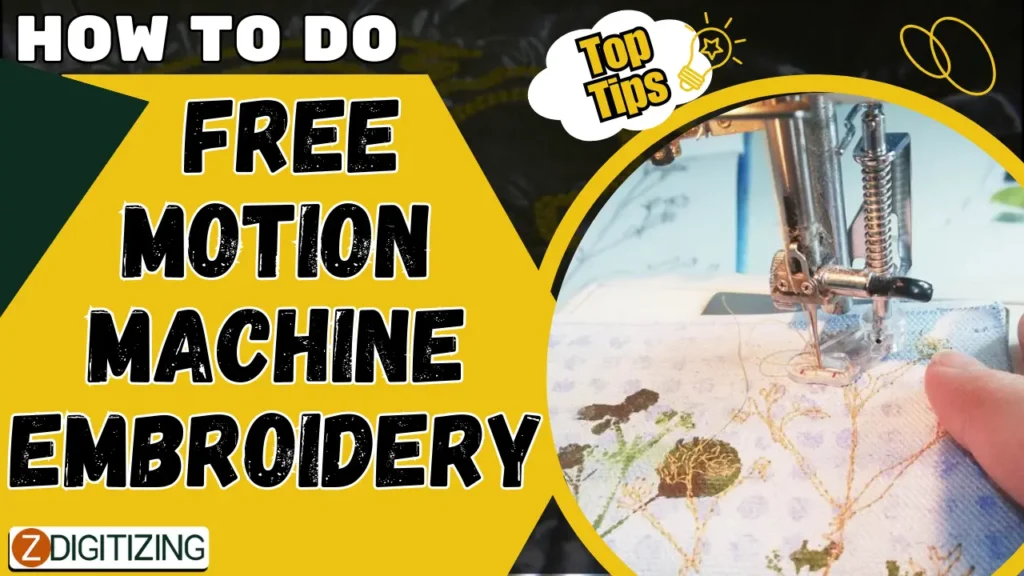
Unlike traditional methods, free-motion embroidery offers the freedom to create fluid and detailed designs by moving the fabric under the machine needle.
If you are new to this technique or looking to enhance your skills, this article will provide you with top tips and essential guidance to help you master the art of free-motion embroidery.
How To Do Free Motion Machine Embroidery | Top Tips
What is Free Motion Machine Embroidery?
Let’s bring some pizzazz to your sewing projects!
It is a technique that allows you to create intricate and personalized designs using your sewing and embroidery machine.
Unlike traditional machine embroidery, where the fabric is stabilized and the machine does most of the work, free-motion embroidery gives you the freedom to move the fabric in any direction while stitching. It’s like doodling with a needle and thread!
Benefits of Free Motion Machine Embroidery
Why should you give free motion embroidery a go?
Well, apart from the fact that it’s super fun, there are plenty of benefits to enjoy.
- Firstly, it allows you to add a unique touch to your sewing projects. Whether you want to embellish a quilt, create stunning home decor, or personalize clothing, free-motion embroidery gives you the creative freedom to make it happen.
- Plus, it’s a fantastic way to practice your sewing skills and improve your technique.
So, grab your machine, and let’s get stitching!
Choosing the Right Embroidery Machine for Free Motion Embroidery
When selecting an embroidery machine for free motion stitching, it’s essential to understand the different types available.
There are two main categories:
Mechanical machines: Mechanical machines are more basic and require manual adjustments for tension, stitch length, and other settings. They are generally more affordable and suitable for beginners or those on a budget.
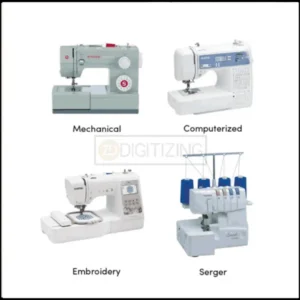
Computerized machines: Computerized machines, on the other hand, offer advanced features and automation. They often come with pre-programmed designs and can be connected to a computer or have built-in touchscreens for easy design customization. These machines are ideal for those who want more precise control over their embroidery.
Factors to Consider When Buying an Embroidery Machine for Free Motion Embroidery
Here are a few factors to consider when purchasing an embroidery machine for free motion stitching:
- Durability and reliability: Look for a machine that is well-built and can handle the demands of free motion embroidery.
- Hoop size: Consider the size of the hoop that comes with the machine, as it will determine the maximum embroidery area.
- Speed and stitch quality: Check the machine’s speed and stitch quality to ensure it meets your requirements.
- Compatibility with free-motion embroidery foot: Ensure that the machine is compatible with a suitable foot for free motion.
- Budget: Set a budget and find a machine that offers the features you need within your price range.
By considering these factors, you can find an embroidery machine that suits your needs and allows you to enjoy the art of free-motion embroidery.
Selecting the Right Fabric and Thread for Free Motion Machine Embroidery
For motion-free embroidery you need to choose the right type of thread and fabric to get the best end results:
Choosing the Appropriate Fabric for Free Motion Embroidery
Selecting the right fabric is crucial for successful motion free embroidery. Here are a few considerations:
- Stability: Choose a fabric that is stable and doesn’t stretch excessively. Fabrics like cotton, linen, or stable knits are good options.
- Texture: Experiment with fabrics that have interesting textures, such as velvet, denim, or even lace. These can add depth and dimension to your embroidery.
- Fabric weight: Consider the weight of the fabric. Thicker fabrics provide more stability and support for your stitches, while lightweight fabrics may require additional stabilizers.
Exploring Thread Options for Free Motion Embroidery
When it comes to thread, there are numerous options available. Here are a few popular choices:
- Rayon: Rayon thread is smooth, shiny, and widely used for embroidery. It comes in a wide range of colors and gives a luxurious finish to your designs.
- Polyester: Polyester thread is known for its durability and is a great choice for projects that require frequent washing or exposure to sunlight.
- Metallic: Metallic threads add a touch of sparkle and glamour to your embroidery. They can be a bit trickier to work with, so practice on scrap fabric before using them on your main project.
- Cotton: Cotton thread has a natural, matte finish and is ideal for projects that require a more rustic or vintage look.
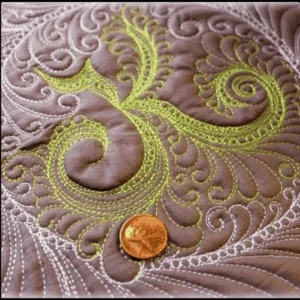
Remember to match the thread weight to the needle size you’re using and adjust the tension accordingly.
With the right fabric and thread, your free-motion embroidery will come to life, adding texture, color, and personality to your projects.
Mastering the Free Motion Embroidery Technique
Embarking on the exciting journey of motion-free embroidery?
Strap in, my friend, because I’m about to guide you on how to master this fantastic technique.
Trust me, it’s easier than it sounds!
Hooping and Stabilizing
Hooping and stabilizing might sound like fancy acrobatic moves, but fear not!
It’s just the process of preparing your fabric for embroidery. Hooping involves securing your fabric tautly in an embroidery hoop, while stabilizing helps prevent it from puckering or stretching during the stitching process.
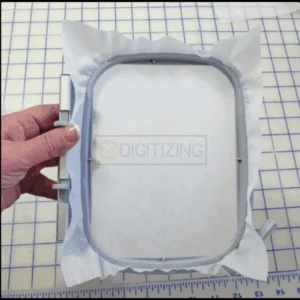
Remember, a well-hooped and stabilized fabric is the foundation of any successful embroidery project.
Basic Free Motion Embroidery Stitches
Ready to stitch like a pro?
The beauty of motion-free embroidery lies in its versatility, allowing you to create whimsical designs with a variety of stitches.
Start with the basic stitch types like straight, zigzag, and satin stitches. Practice them on scrap fabric until you feel confident in your stitching skills.
Once you’ve nailed the basics, let your imagination run wild and experiment with different stitch combinations for unique and eye-catching designs.
Creating Designs and Patterns for Free Motion Machine Embroidery
Now that you’ve got a handle on the technique, it’s time to get creative and design your own embroidery patterns.
Don’t worry if you’re not a born artist—neither am I. But with a few simple tricks, you’ll be designing like a pro in no time!
Drawing and Transferring Designs for Motion-Free Embroidery
Grab a pen and paper, and start sketching your ideas. Even the simplest doodles can turn into impressive embroidery designs.
Once you’re satisfied with your masterpiece, transfer the design onto your fabric using transfer paper, a lightbox, or even a window as a makeshift lightbox.
Remember, practice makes perfect, so keep honing your design skills with each new project.
Exploring Different Design Techniques for Free Motion Embroidery
Ready to take your designs to the next level?
Explore various design techniques like appliqué, layering, and adding texture to your embroidery. Don’t be afraid to mix and match different fabrics, threads, and embellishments to create depth and visual interest in your artwork.
The possibilities are endless, and the results will leave you in awe!
Setting Up Your Embroidery Machine for Free Motion Machine Embroidery
Before you begin free motion embroidery, make sure your machine is set up correctly:
- Attach the free motion embroidery foot: Replace the regular presser foot with a free motion embroidery foot, which allows you to move the fabric freely.
- Lower the feed dogs: On most machines, you can lower the feed dogs or cover them with a plate to prevent them from moving the fabric. This gives you complete control over the fabric.
- Install the appropriate needle: Use a needle suitable for the fabric you’ll be working with. You may need to experiment with different sizes and types to achieve the desired results.
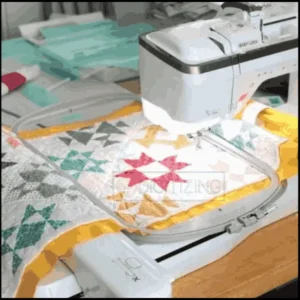
Adjusting Tension and Stitch Length
Proper tension and stitch length are crucial for achieving good results in free-motion embroidery:
- Tension adjustment: Depending on your machine, you might need to adjust the upper thread tension to achieve balanced stitches. Consult your machine’s manual for instructions on how to adjust the tension.
- Stitch length: Set the stitch length to zero or the shortest possible length. This ensures that the needle moves up and down quickly, allowing you to create fine and detailed stitches.
Now, start embroidery process.
Finishing and Displaying Your Free Motion Machine Embroidery Artwork
Congratulations!
You’ve come a long way, and now it’s time to show off your hard work. Here’s how to wrap up your free motion embroidery project with finesse.
Trimming and Backing Your Free Motion Embroidery Piece
After completing your embroidery, trim any excess fabric or loose threads.
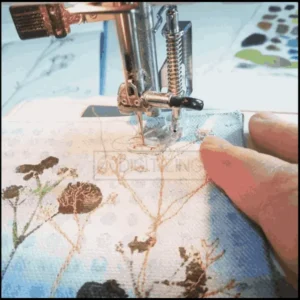
To protect your masterpiece, apply a backing fabric and secure it with hand stitches or fusible webbing. This not only adds durability but gives your artwork a polished finish.
Creative Ideas for Displaying and Showcasing Your Artwork
Now, it’s time to let your creativity flow beyond the hoop!
Consider framing your embroidery, turning it into a pillow cover, or even incorporating it into a quilt. You can also experiment with unconventional ways of displaying your artwork, such as attaching it to a canvas or creating a wall hanging.
Bottom Line
And there you have it—a step-by-step guide to mastering free motion machine embroidery!
Remember, the key is to have fun and embrace the imperfections as part of your unique artistic journey.
So grab your embroidery machine, unleash your creativity, and stitch away!
ZDigitizing: The Best Choice for Embroidery Digitizing Services
Are you looking for the best embroidery digitizing services? Well, you’re in luck because ZDigitizing is here to meet all your needs!
At ZDigitizing, we specialize in providing top-quality embroidery digitizing and vector art services. Whether you need embroidery or printing, we’ve got you covered.
And the best part? Our prices are highly competitive, so you don’t have to break the bank to get the best results.
Exciting news! Right now, we’re offering an amazing 50% discount on your first order for all our services. That’s a great deal you don’t want to miss!
So don’t hesitate to reach out to us and take advantage of this fantastic offer.
Discuss your requirements with us and receive a FREE QUOTE within just 5 minutes. We value your time and want to make the process as smooth as possible for you.
If you’ve found value in this article, please share it with your friends. We believe that everyone deserves to know about our amazing services and discounts.
So spread the word and let your friends join in on the fun!
Thank you for reading, and we wish you happy stitching!
Frequently Asked Questions:
A free-motion embroidery machine allows the user to move the fabric freely in any direction under the needle, enabling the creation of unique, hand-guided designs without the use of programmed patterns.
The two main types of machine embroidery are free motion embroidery, which is manually guided, and computerized embroidery, where designs are programmed and stitched automatically.
The “best” embroidery machine varies based on individual needs, but brands like Brother, Janome, and Bernina are often praised for their quality, features, and user-friendliness.
High-end commercial embroidery machines, like those from Tajima or Barudan, can be the most expensive, often costing several thousand dollars due to their advanced features and capabilities for professional use.
Free motion stitching is a sewing technique where the feed dogs are lowered or covered, allowing the sewer to move the fabric freely under the needle, creating custom, hand-steered designs.

